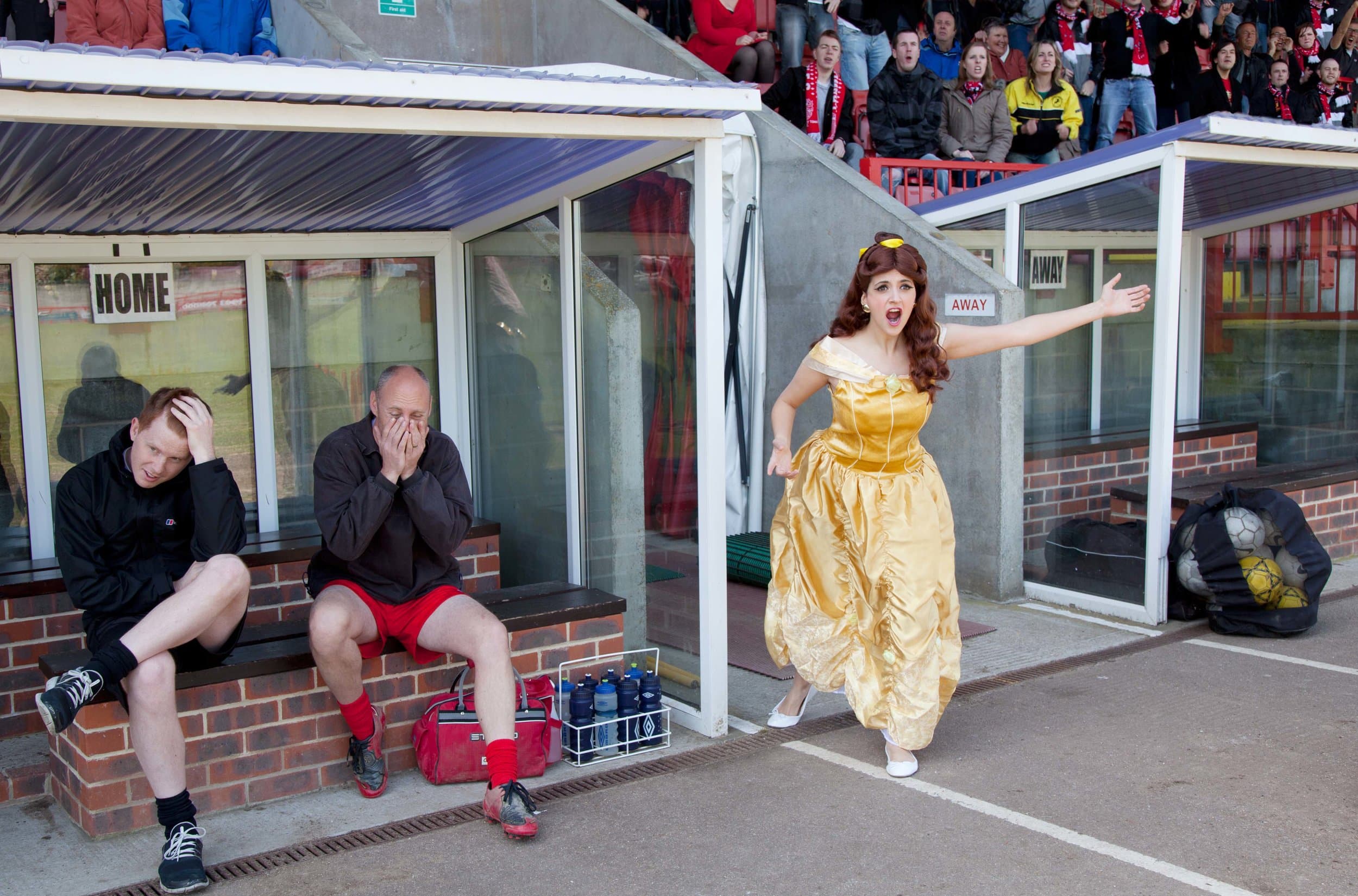Kate Manne says misogyny is not a psychological disposition. It need not even involve hating women, and it certainly does not target all women. It is best understood as a political phenomenon—a system of control that operates in male-dominated societies to enforce female subordination. But, she adds, since most women have internalized these norms, they don’t need much policing. They perform their subordination unwittingly and with a smile. Misogyny targets unruly women.
Manne has also imbibed the lessons of intersectionality: “Patriarchy and hence misogyny in the United States cannot be understood apart from white supremacy. Neither can misogyny be understood in isolation from anti-trans bigotry.” So would that mean that we could not understand misogyny in the United States ten or fifteen years ago, when few people knew about transgender identity?
Manne sets about not so much to define how we think about misogyny, but rather how we ought to think about it.
The argument is that sexism and misogyny work together to sustain male supremacy. Misogyny enforces patriarchal norms, and sexism justifies them by spinning theories about alleged differences between the sexes: “Sexism has a theory; misogyny wields a cudgel.” By her definition, I was being sexist in my online “Factual Feminist” video series when I tried to explain why men’s basketball and soccer are more popular than women’s versions: “Men are stronger, faster, and bigger than women,” I noted, “both on average and at the extremes. Most fans—not all, but most—want to see the sport they love played at the highest level. . . . Women’s team sports, however skilled and admirable, rarely compare in Promethean drama.”
No doubt Manne disagrees with me. But she has to defend her position, not merely declare it. She might start by taking a look at David Geary’s Male, Female: The Evolution of Human Sex Differences (1998). This thorough, fair-minded, and comprehensive survey of the literature includes more than fifty pages of footnotes citing studies by neuroscientists, endocrinologists, geneticists, anthropologists, and psychologists suggesting that biology plays a role in shaping male and female talents, interests, and proclivities.
Manne sets about not so much to define how we think about misogyny, but rather how we ought to think about it. While this frees her to define her terms, it also places on her a burden of proof. Unfortunately she offers only cherry-picked examples. One concerns the so-called Bernie bros who have been accused of terrorizing Hillary Clinton’s supporters online. (There is a debate over how numerous they are or if they really exist.) Manne views them as aggrieved and angry white men who sense they are losing power to women and nonwhites (intersectionality again). Even though they see themselves as egalitarian and feminist, they can’t help but carry out witch-hunts. Manne describes the infamous case in Nevada, where caucus Chair Roberta Lange’s decisions about delegates infuriated Sanders’s supporters. Accounts vary, but Lange did receive dozens of angry phone messages—including several sexualized obscenities. Manne finds in them proof of misogyny and concludes, “One suspects that a Robert Lange would have been spared much of this.”
In fact, Roberta Lange has a male (and white) counterpart in Colorado: Steve House, chair of the state Republican Party. He also made decisions about delegates that riled up voters. He received even more angry, profanity-laden messages than Lange did. He was called a “cheating scumbag,” a “worthless fucking piece of shit,” and a “corrupt fucker.” Not only that, but three party members allegedly threatened to spread rumors that he was unfaithful to his wife.
Is it reasonable to say that in Lange’s case the vitriol was an example of the patriarchy lashing out at an unruly woman, but in House’s case some other force was at work? No, it is not. Female candidates get their share of sexualized attacks, but Manne’s analysis is too convoluted and abstract to help us understand or address it. What is more, sexism does not appear to be an obstacle to getting elected. Somehow the misogynist patriarchal order allows women candidates to win at the same rate as their male counterparts.
Manne’s essay poses a special challenge to critics such as myself. Her definitions seem arbitrary, and her characterization of the patriarchal order looks a lot like a conspiracy theory, including a built-in defense from criticism. She can dismiss me as someone who has internalized the norms of patriarchy. So are my arguments worth taking seriously? Or are they simply more evidence for Manne’s analysis? Readers will have to decide for themselves.








